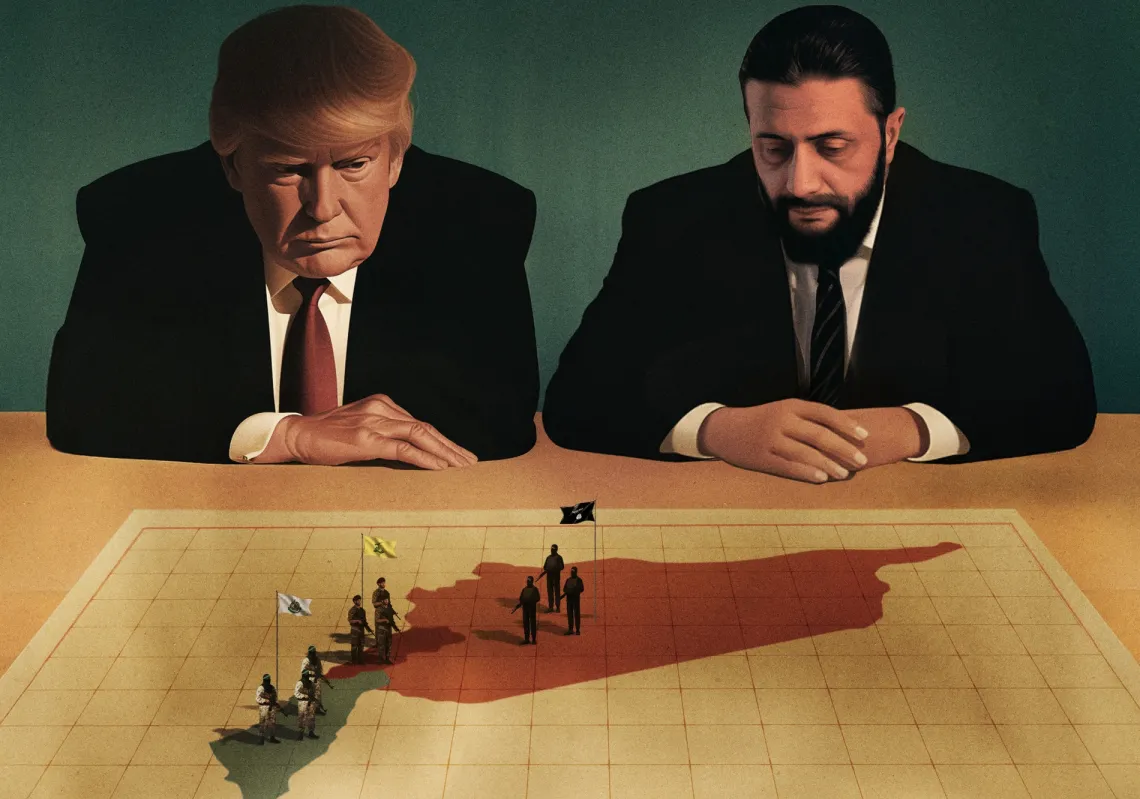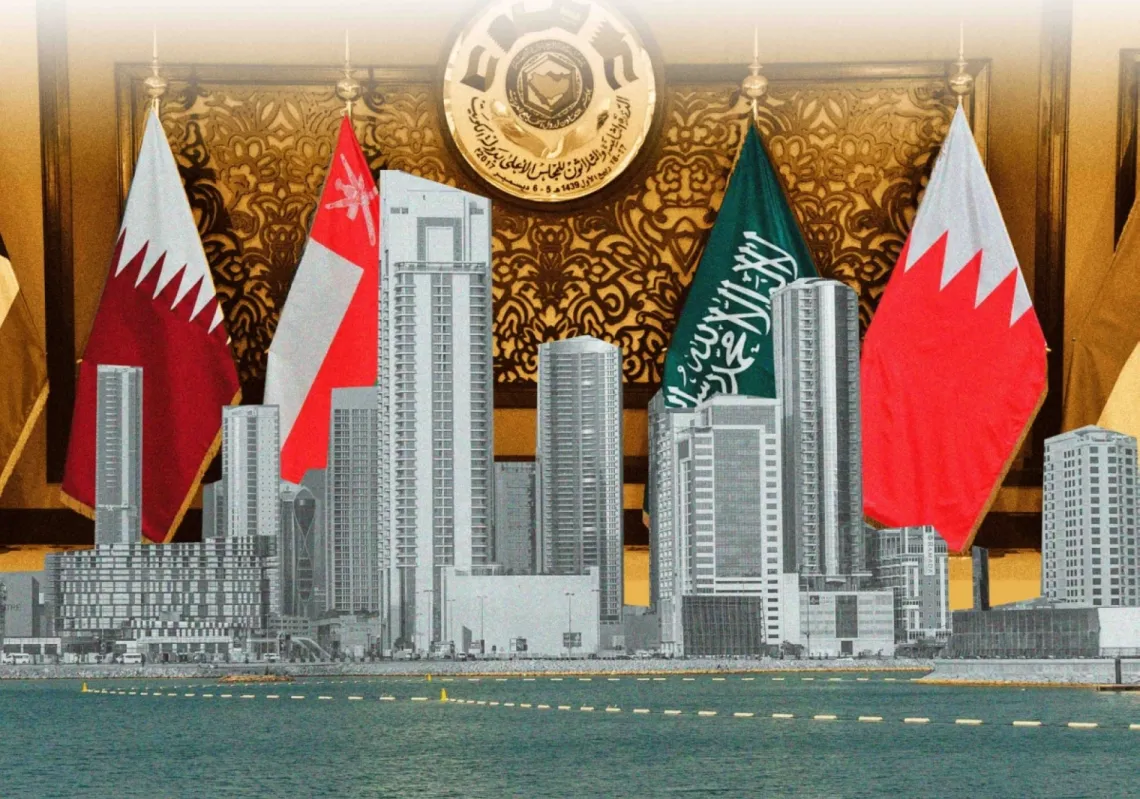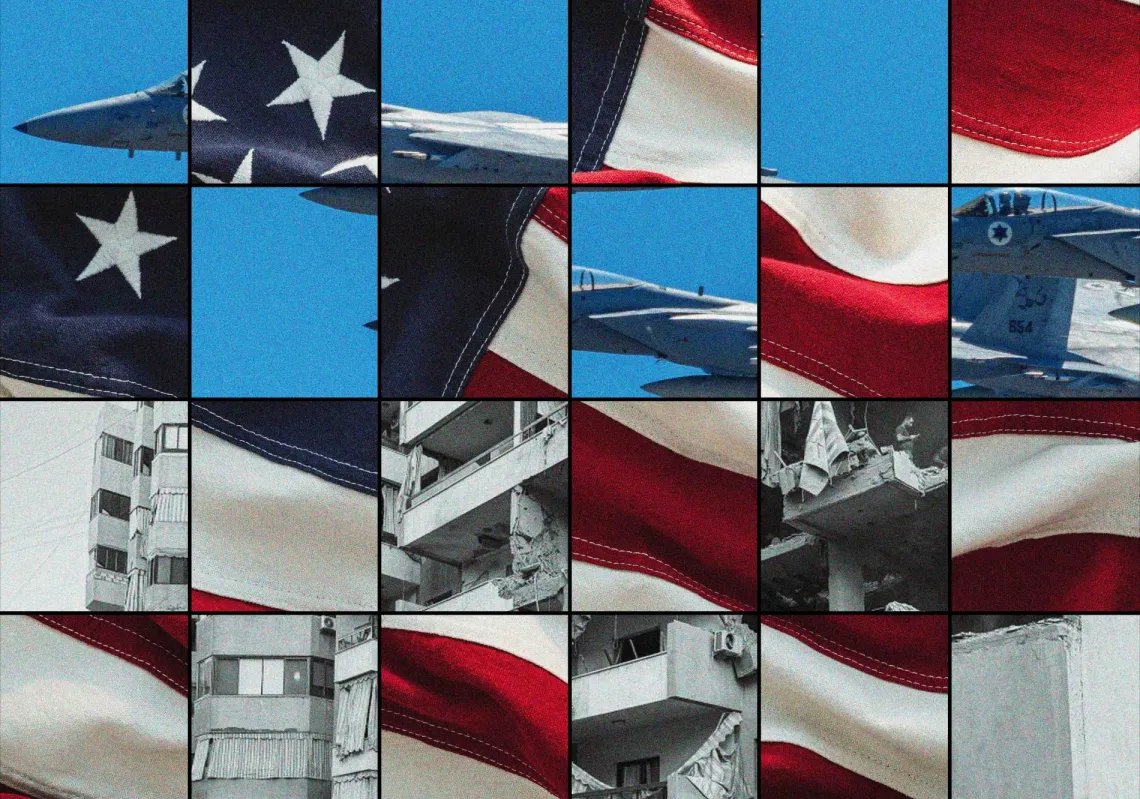 [/caption]
[/caption]
Numbers are central to the stories we tell. They leverage sentiment and ignite emotion and can be downright dangerous. But if the weight of numbers can be crushing, who is crushed depends on who has the numbers on their side. Numbers are always exaggerated or downplayed depending on the story we want to tell; Joseph Nye observed: “it’s not just whose army wins, it’s also whose story wins.”
Consider, for example, the case of the Hama Massacre in Syria in February 1982 when forces loyal to President Hafez al-Assad killed thousands in the town of Hama, 200km north of Damascus. A report in English by the Syrian Human Rights Committee places the number of dead at 25,000. A report in Arabic by the same agency is less cautious, citing 30,000 to 40,000 dead. In March 2011, the New York Times reminded its readers that Bashar al-Assad’s father and predecessor Hafez al-Assad “massacred at least 10,000 protesters in Hama” in 1982. That’s 9000 more than the March 1982 estimate by the same newspaper.
[inset_left]Do the numbers in Tahrir Square, or Dera’a, or Sana’a matter to the issues at stake? Certainly they do.
[/inset_left]Of course, with time more information comes to light and numbers change, along with the stories they tell. But old numbers, like the “10,000 protestors” massacred in Hama in 1982, as reported by the New York Times, also tell new stories when placed beside new numbers. The Times article was published on 25 March, the day after “tens of thousands of demonstrators” marched in Dera’a against the 11-year rule of Bashar al-Assad, resulting in 20 deaths.
Often, the bigger the number, the more room for dispute. By any estimation, 10,000 dead is a lot of bodies, even if it is a conservative estimate. But there are still bigger numbers. Algerian authorities estimate well over a million people died in the Algerian War, while French authorities put the death toll at less than half a million. The refusal of either side to compromise their claims is really a refusal among old adversaries to cede political capital, suggesting perhaps that in at least this sense they remain adversaries.
Telling a story in a way conducive to ones interests is the art of influence, and again numbers are crucial. The key issue, as every statistician knows, is reliability: the higher the reliability, the less refutable are the numbers, at which point it becomes the proponent’s task to weld that irrefutability to the story they are peddling. As Benjamin Disraeli reportedly quipped, “There are three kinds of lies: lies, damned lies, and statistics.”
Has technology increased our ability to be more accutate about numbers? Certainly technology has made it easier to do the calculations. For example, how many people really did rally in Cairo’s Tahrir Square? With powerful imaging technology in low earth orbit, we can do some sums. Before answering, however, consider some estimates. On 1 February, The Washington Post’s Blogpost webpage estimated a crowd “anywhere in size from tens of thousands to two million people”. That same day, the New York Times tweeted “an upper limit around 225,000”. The following day, on 2 February, Al-Jazeera estimated a million protesters were crowded into Tahrir Square, later qualifying this to mean central Cairo. How do these influential news sources derive their numbers? Of these three, only one didn’t guess.
A recent article in Wired suggests a handy formula: calculate the total area of the venue and divide by crowd density. Density on a rushhour subway train is around 2.5ft2 per person. A more comfortable density, although still crowded, is about 5ft2 per person.
Calculating the area of Tahrir Square is more tricky. Given that Tahrir Square is a traffic island at the intersection of five busy roads, estimations of area size vary. A narrow definition of Tahrir Square as comprising the green space within the traffic circle as well as the traffic lanes around it gives 84,000ft2. However, if we assume that the protestors occupied the roads leading to the circle as well as the green spaces between them, then the total area size is closer to 380,000ft2. And if we expand the potential space occupied by the crowds to include the large open spaces to the south-west of the traffic circle, we get something closer to 560,000ft2.
For present purposes, lets say crowd density in Tahrir Square in early February was similar to a subway train, but at rushhour rather than mid-afternoon. As it turns out, the New York Times thought so too. Working with the maximum area estimation, the New York Times calculated their upper limit: 560,000ft2 ÷ 2.5ft2 = 224,000 people. However, this calculation assumes that the rushhour crowd density of 2.5ft2 was consistent across that entire area, which is perhaps less than likely. Lets say that Tahrir Square defined in the narrow sense, or 84,000ft2, had a crowd density of 2.5ft2/person, and the remaining area, or 476,000ft2, had a crowd density of 5ft2/person. With those parameters, the calculation would be as follows:
(84,000 ÷ 2.5) + (476,000 ÷ 5)
= 33,600 + 95,200
= 128,800 people.
That is a far cry from the million people Al Jazeera and others estimated were in and around Tahrir Square. It would take another seven Tahrir Squares to accommodate one million people. At a more comfortable 5ft2/ person, a million people would cover 65 football pitches. If they formed a line, it would stretch 762km, or well beyond Damascus.
Which brings us back to stories. Are numbers relevant? Do the numbers in Tahrir Square, or Dera’a, or Sana’a matter to the issues at stake? Certainly they do. The stories told by numbers influence opinion and sentiment, they comfort and enrage, are cause for joy and despair. And for all these reasons, they will always be controversial.









